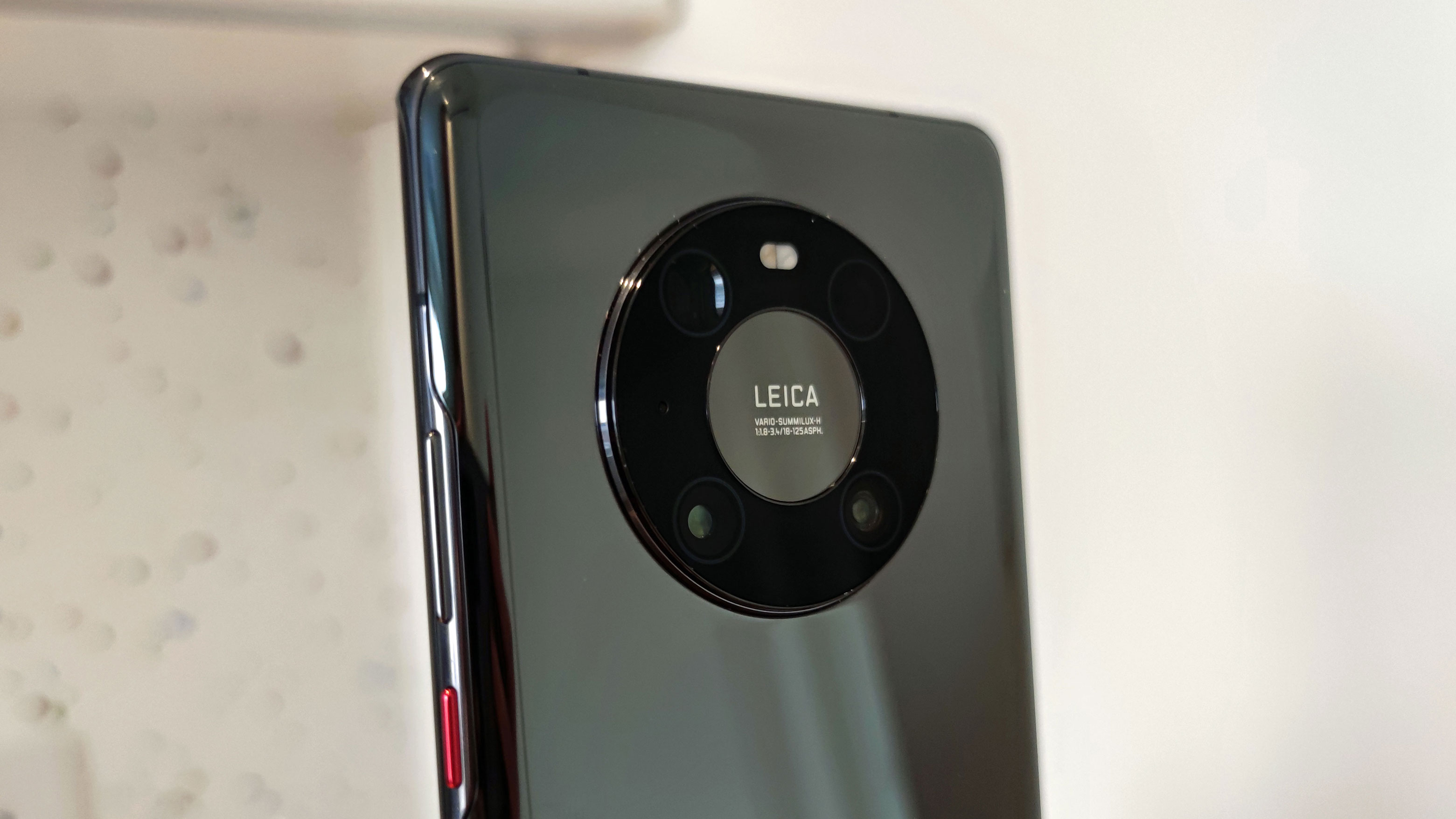Samsung’s 600MP camera sensor could soon be a reality
Samsung is looking to take the megapixel war to another level. Earlier in the year, we learnt that the South Korean electronics company had been busy developing a 600 Megapixel sensor.
Now it has come to light that Samsung has progressed way beyond the concept and is, in fact, in an advanced stages of developing a camera sensor that can capture more than the human eye. Readers would recall that Samsung is the only company that has developed a commercially available 108-megapixel ISOCELL mobile camera sensor that is already seen on a couple of smartphones.
Now a popular leakster who goes by the name of Ice Universe and has a reasonable success rate for accuracy, reveals what looks like a slide within a presentation that all but confirms the current status of Samsung’s 600-megapixel plans.
- Snapdragon 888 phones in India: Everything you need to know
- Samsung's 2021 foldables get their screen specs and schedules leaked
Samsung is really doing 600MP sensors! pic.twitter.com/vGgsfxsGGhDecember 5, 2020
According to the leaked slide, which reveals a lot of information around the project, the massive new sensor could allow zooming in on 4K and 8K videos while retaining video quality. This would also translate to a single sensor on a phone. However, since this will be a massive camera module, one can expect a huge camera bump.
Of course, Samsung will have its task cut out before it can bring its innovation into the public domain. Based on the leaks, it appears as though the current module is big enough to occupy 12% of a smartphone's rear panel and we are also talking about a 22-mm protruding bump on a phone. Not only will Samsung have to work to reduce the size of this camera module but it will also have to work on the size of image and video shot using this massive sensor.
Do we need a 600-megapixel sensor?
The megapixel battle has prevailed for a few years now as smartphone makers try to find newer uses for the device, often ending up creating incremental enhancements on already existing features. Today, the 48-megapixel and 64-megapixel becoming a norm, available even on mid-segment and budget devices.
Which is why smartphone manufacturers trained their guns on to the 108-megapixel sensors, with rumours now coming in about 256-megapixel devices in the works. In fact, some claim that such devices could hit the market in 2020 itself, though there isn't enough evidence to believe them. Obviously Covid-19 has laid several plans low.
Anyways, what's this megapixel business?

For those who’re not aware, companies use a method called pixel binning or quad-pixel technology that combines an array of 4 pixels to work as one. This means a 12-megapixel sensor could easily be used to capture 48-megapixel or 64-megapixel image.
Just so that readers get an idea, the human eye is listed at 576 megapixels by eminent scientist and photographer Dr. Roger Clarke.
Samsung's journey
In Samsung’s case, the South Korean company is looking to use a nano-cell method that makes use of 9 pixels as one which basically means using nine 0.8μm pixels to work like one 2.4-μm pixel to achieve an output of 600-megapixel.
Though development and innovation are the way to move forward, however, a higher count of megapixel does not always translate into superlative images. The end result largely depends on basic factors like the positioning of the subject, light conditions and post-processing using software algorithms. Even smartphones from Google and Apple that are widely regarded as the best camera phones are highly dependent on software rather than cramming sensors with a higher megapixel count.
That said, a 600-megapixel sensor could really come handy for products like surveillance drones, satellites, self-driven vehicles, and other internet-enabled gadgets that we may see in the near future.
- Upcoming smartphone launches in India: Specs, launch date, price
- Announcing TechRadar India Awards 2020 (and a giveaway!)
Want to know about the latest happenings in tech? Follow TechRadar India on Twitter, Facebook and Instagram!


No comments